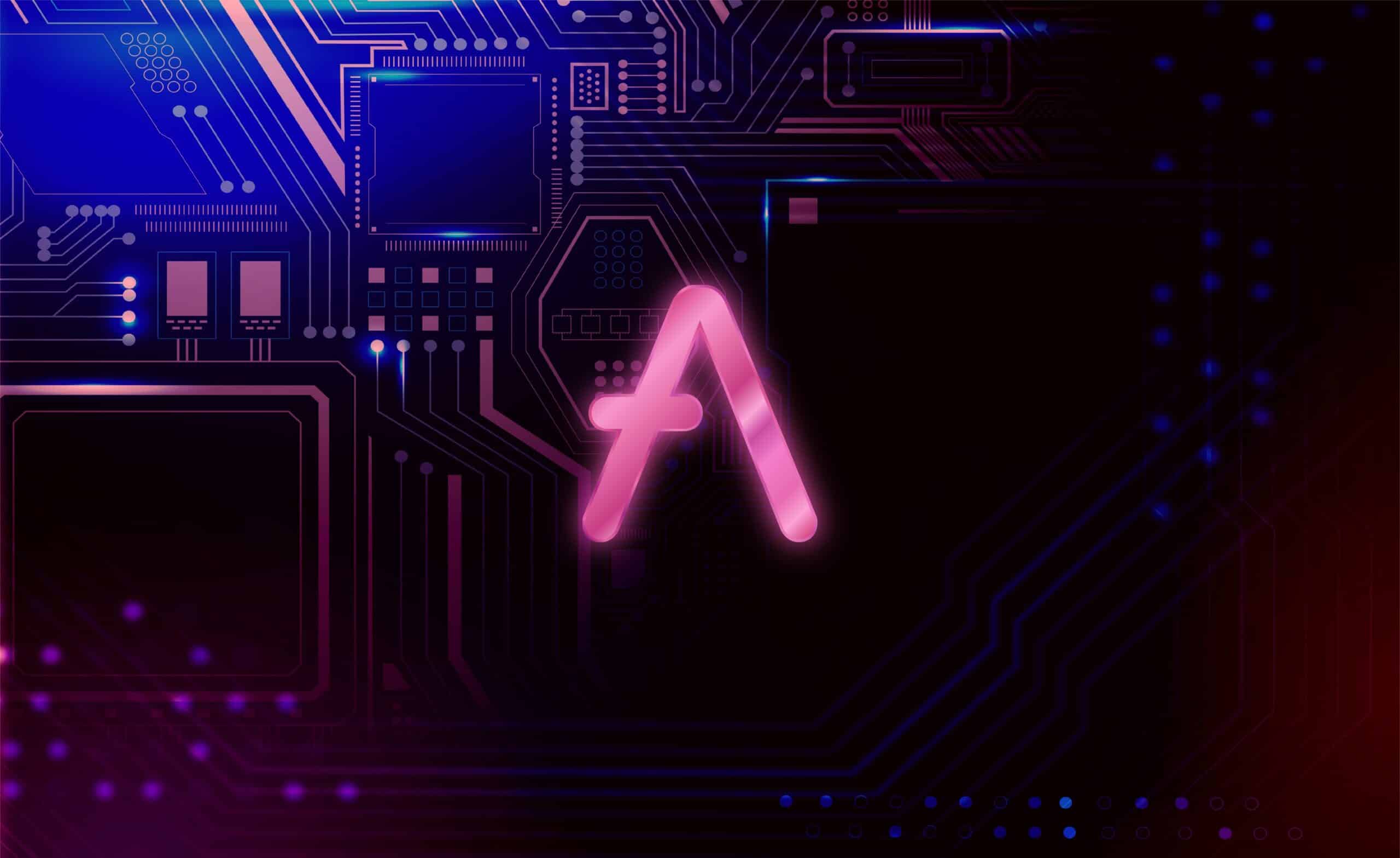Aave Labs, the entity behind one of the largest decentralized lending protocols Aave, has released a series of governance proposals that would determine how an upcoming version of its protocol — Aave V4 — will be built.
In a post on the governance forum on Wednesday, Aave Labs released a temperature check to gauge the community’s response to the ambitious evolution of the protocol, which would optimize capital efficiency and integrate Aave-native stablecoin GHO more seamlessly.
We are proposing major upgrades and expansions, including the groundbreaking Aave V4, Aave Network, Cross-Chain Liquidity Layer, non-EVM L1 deployments and a fresh new visual identity, all leading the future of DeFi innovation.
Read more: https://t.co/Qu91ghKQqV pic.twitter.com/RRLX58JZVG
— Aave (@aave) May 1, 2024
If approved, the initial development for the protocol will begin in the second quarter of 2024, with a full release planned for mid-2025.
The proposed new features include more efficient architecture, which would be a complete departure from previous iterations of the protocol. The most important change, according to Aave Labs, would be the introduction of a Unified Liquidity Layer, which would generalize the concept of Portals introduced in Aave V3.
“In contrast to previous versions, the new liquidity layer abstraction is proposed to allow in the future for the Aave DAO to onboard new borrow modules and offboard old ones without needing to migrate liquidity,” explained Aave Labs.
Aave Labs expects that these improved borrowing features would rid the protocol of fragmented liquidity prevalent in older versions Seeing as this liquidity layer would natively support both supplied and natively minted assets, it would allow for better integration with Aave’s GHO stablecoin and other collateralized ecosystem assets.
The protocol would also implement “fuzzy-controlled” interest rates, which would automate rate adjustments based on market conditions, optimizing rates for both borrowers and suppliers. Aave Labs is working with blockchain oracle network Chainlink to develop a clear set of data feeds to improve capital efficiency.
While Aave V4 would include a host of other features — such as excess debt protection, improvements to the liquidation engine and emergency redemption mechanisms — some existing features would be deprecated. These include credit delegation, stable rate, tokenizing native positions and Loan to Value (LTV) configurations.
“Subject to the new proposed architecture and the removal of deprecated features, initial estimates show a reduction between 30 and 50% in gas fees with V4 technical innovations,” said Aave Labs in the post.
May 2 03:19AM ET: This story’s headline was updated for clarity reasons.



